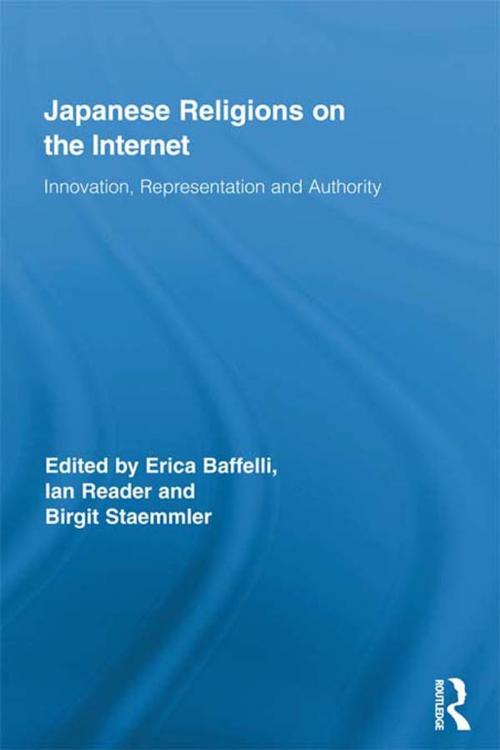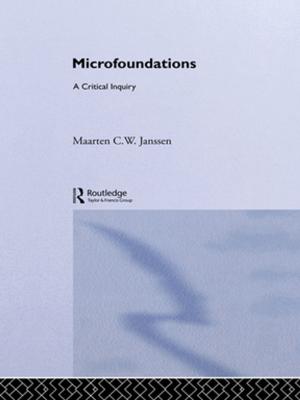Japanese Religions on the Internet
Innovation, Representation, and Authority
Nonfiction, Religion & Spirituality, Eastern Religions, General Eastern Religions, Reference, Comparative Religion| Author: | ISBN: | 9781136827822 | |
| Publisher: | Taylor and Francis | Publication: | May 13, 2013 |
| Imprint: | Routledge | Language: | English |
| Author: | |
| ISBN: | 9781136827822 |
| Publisher: | Taylor and Francis |
| Publication: | May 13, 2013 |
| Imprint: | Routledge |
| Language: | English |
Japanese Religions on the Internet draws attention to how religion is being presented, represented and discussed on the Japanese Internet. Its intention is to contribute to wider discussions about religion and the Internet by providing an important example – based on one of the Internet’s most prominent languages – of how new media technologies are being used and are impacting on religion in the East-Asian context, while also developing further our understandings of religion in a technologically advanced country. Scholars studying the relationship of religion and the Internet can no longer work on prevailing notions that have thus far characterised the field, such as the assumption that the Internet is a Western-centric phenomenon and that studies of English-language sites relating to religion can provide a viable model for wider analyses of the topic.
Despite this growing amount of research on religion and the Internet, comparatively little has focused on non-Western cultures. The general field of study relating to religion and the Internet has paid scant attention to Asian contexts. The field needs a full-length and comprehensive study that focuses on the Japanese religious world and the Internet, not merely to redress the imbalances of the field thus far, but also because such studies will be central to the emerging field of the study of religion and the Internet in future. They will provide important means of developing new theories, constructing new paradigms and understanding the underlying dynamics of this new media form.
Japanese Religions on the Internet draws attention to how religion is being presented, represented and discussed on the Japanese Internet. Its intention is to contribute to wider discussions about religion and the Internet by providing an important example – based on one of the Internet’s most prominent languages – of how new media technologies are being used and are impacting on religion in the East-Asian context, while also developing further our understandings of religion in a technologically advanced country. Scholars studying the relationship of religion and the Internet can no longer work on prevailing notions that have thus far characterised the field, such as the assumption that the Internet is a Western-centric phenomenon and that studies of English-language sites relating to religion can provide a viable model for wider analyses of the topic.
Despite this growing amount of research on religion and the Internet, comparatively little has focused on non-Western cultures. The general field of study relating to religion and the Internet has paid scant attention to Asian contexts. The field needs a full-length and comprehensive study that focuses on the Japanese religious world and the Internet, not merely to redress the imbalances of the field thus far, but also because such studies will be central to the emerging field of the study of religion and the Internet in future. They will provide important means of developing new theories, constructing new paradigms and understanding the underlying dynamics of this new media form.















